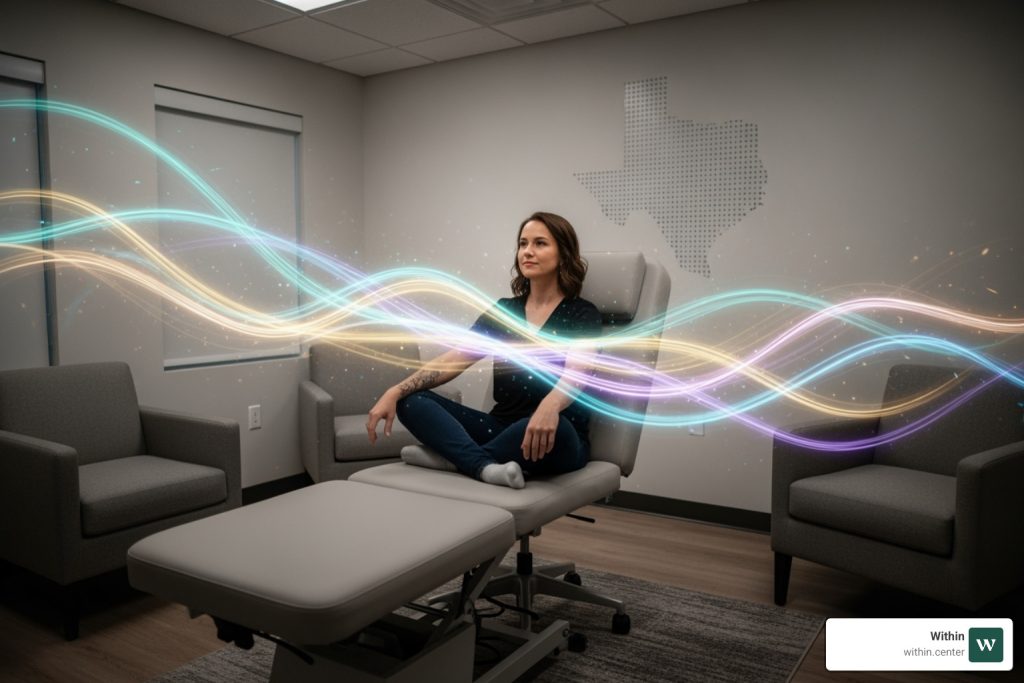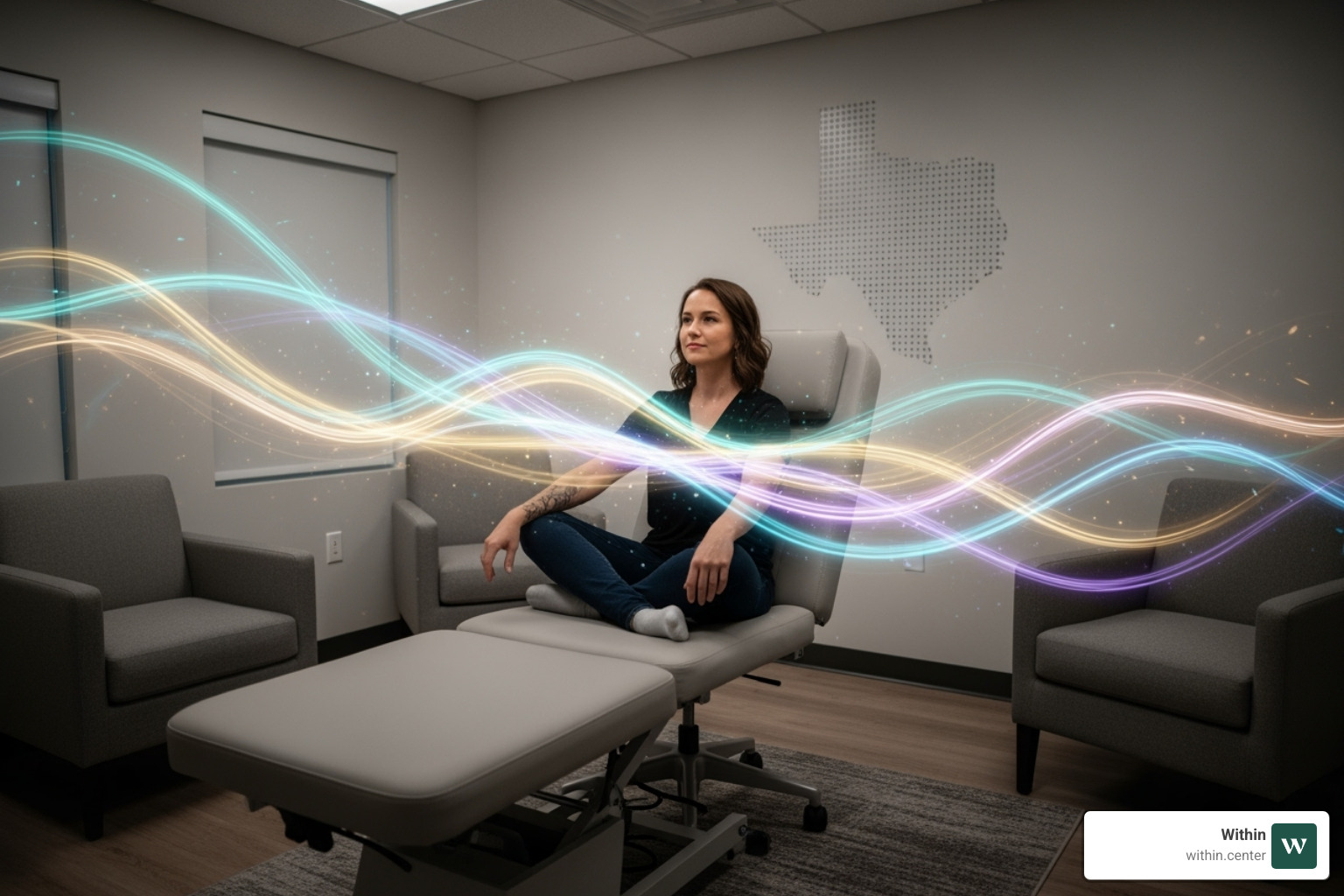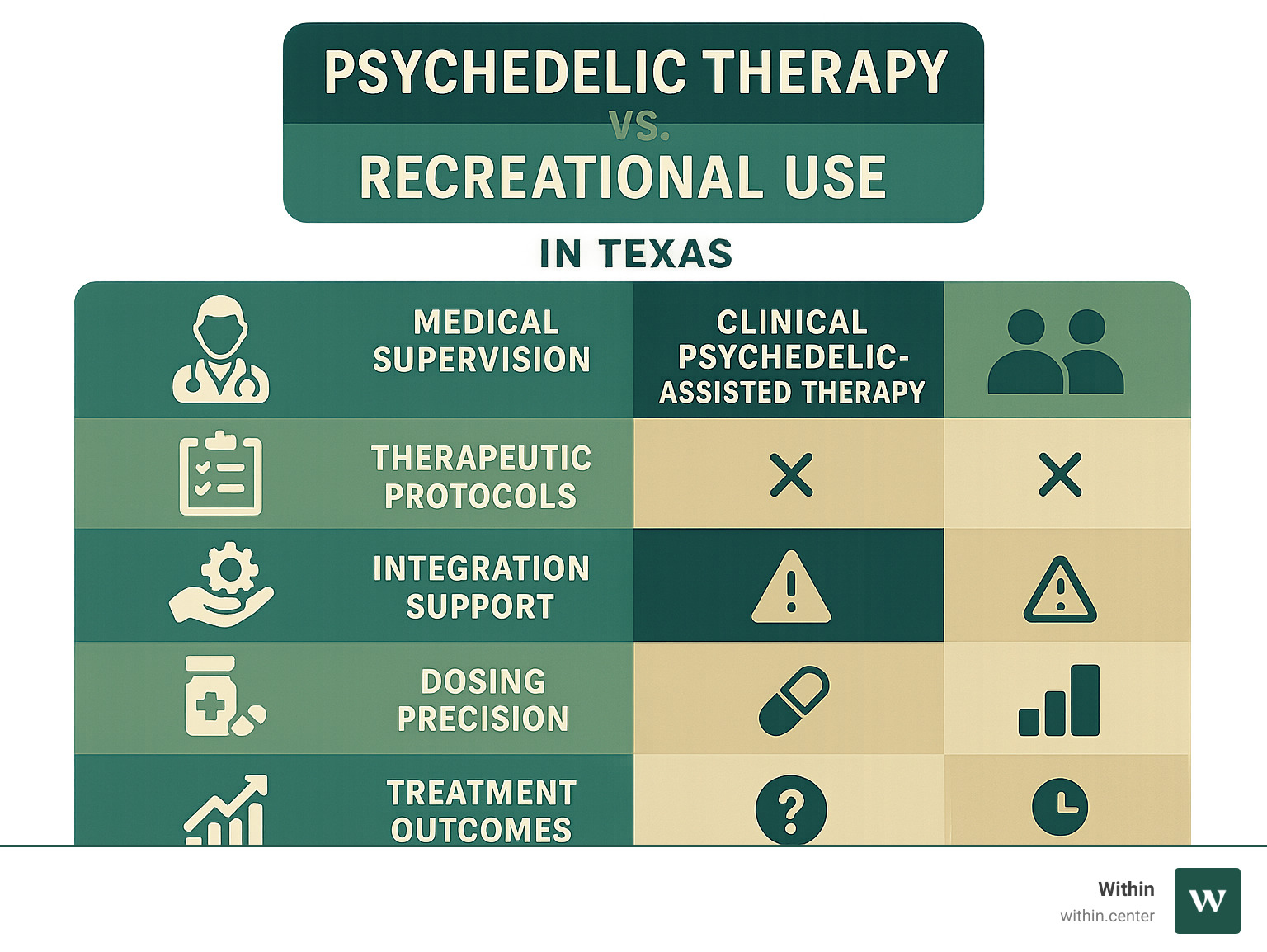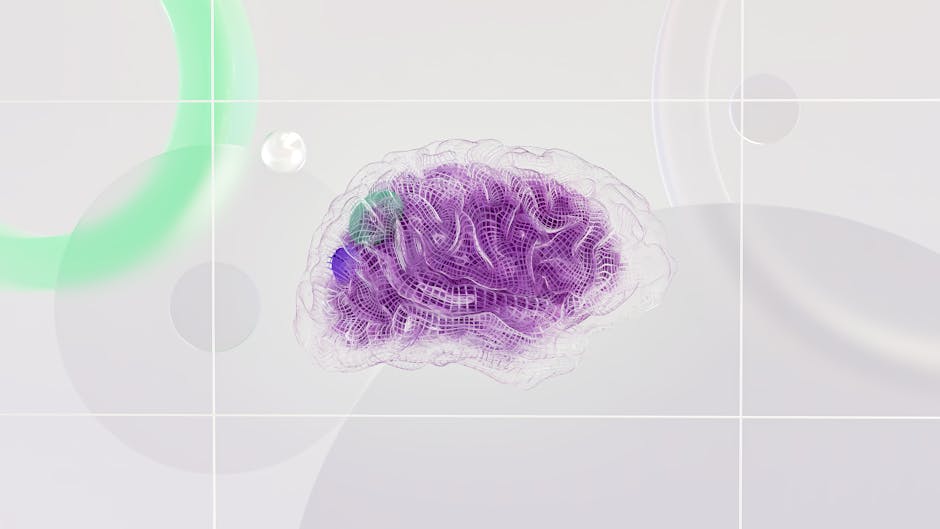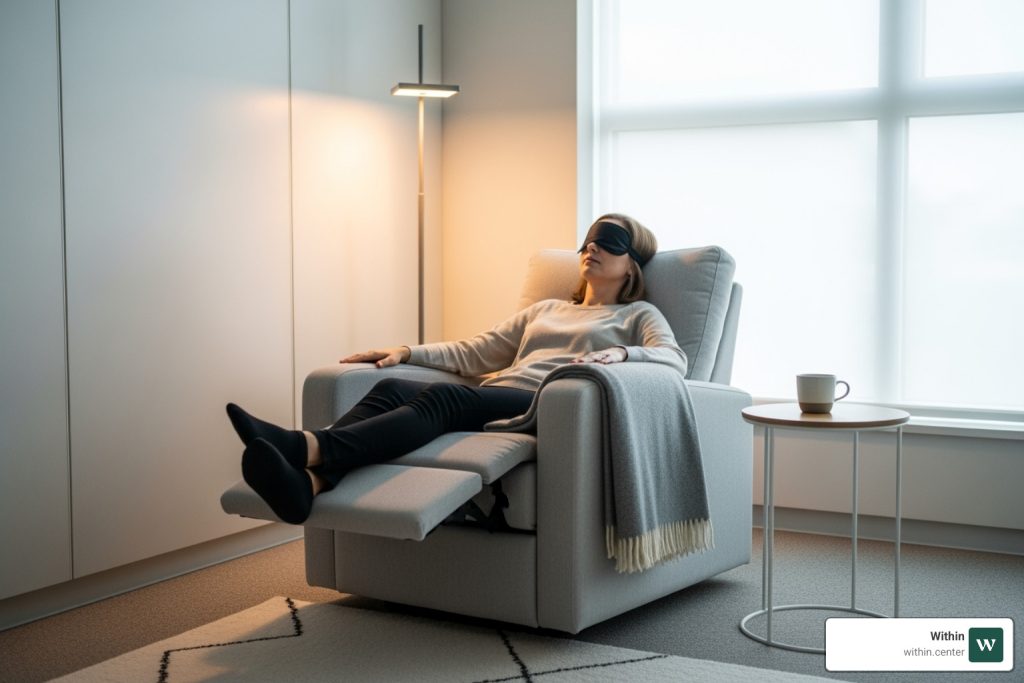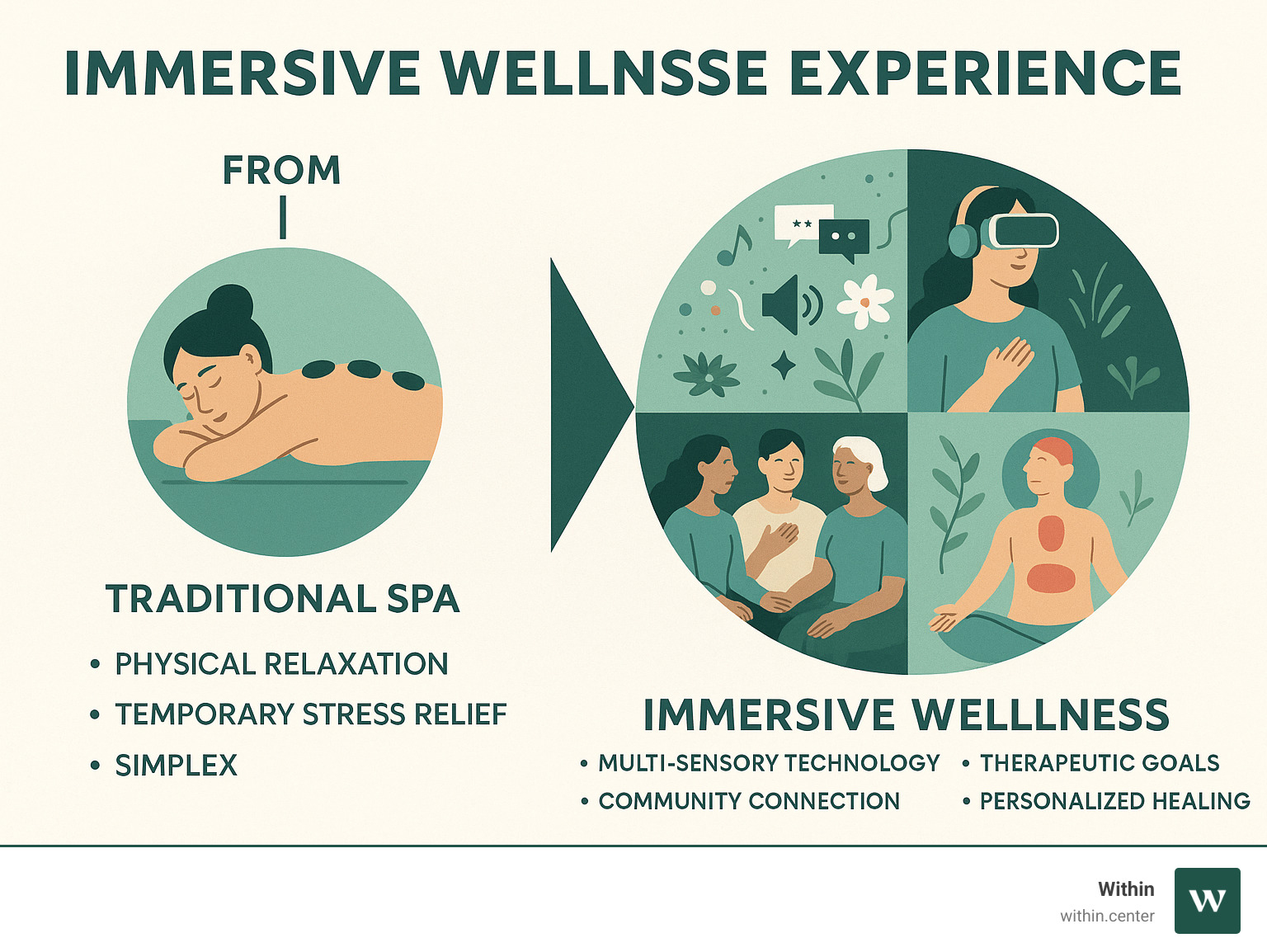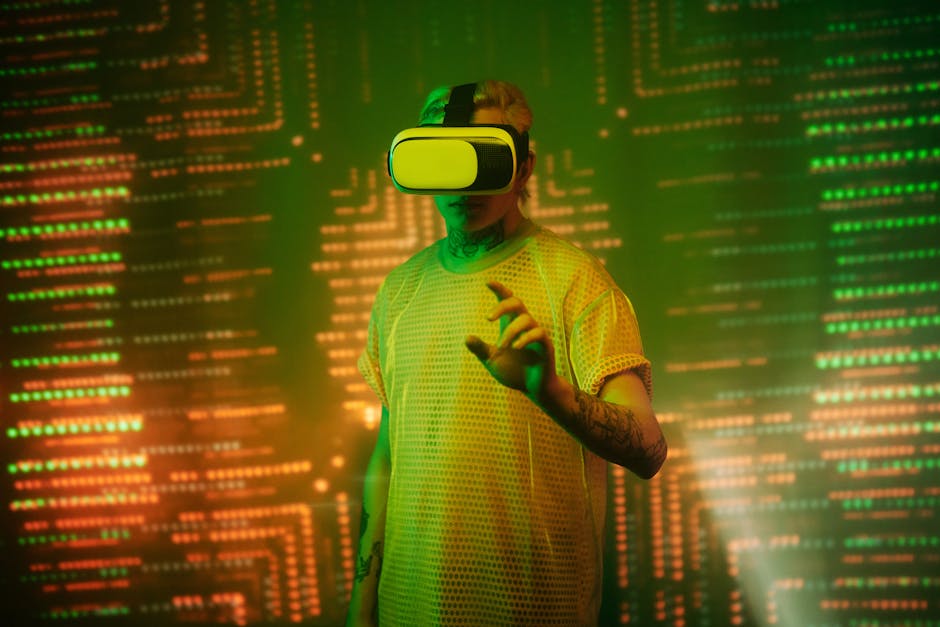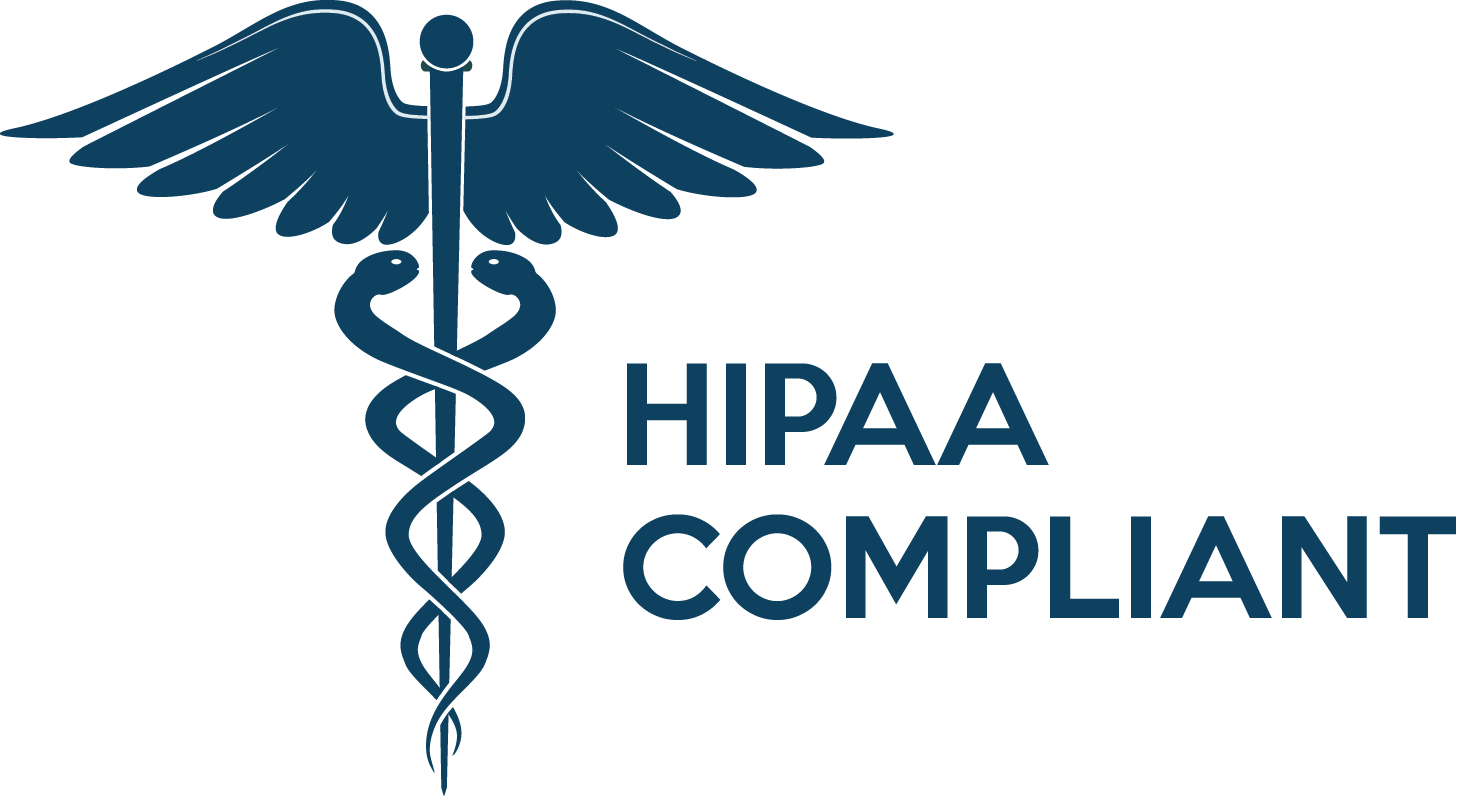
A Retreat for Founders and business owners is a dedicated period away from daily operations, designed for deep reflection, strategic thinking, and personal rejuvenation. It’s a powerful tool to prevent burnout and spark significant personal and business growth.
- Purpose: To gain clarity, make strategic decisions, and recharge personally.
- Benefit: Improved mental health, increased creativity, and sustainable business growth.
- Key Difference from Vacation: It’s an intentional investment in self and business, not just an escape.
As a founder, you’re constantly pushing. The entrepreneurial journey often brings intense anxiety and decision fatigue. This relentless pace comes at a cost: your mental clarity drops, and fresh ideas become scarce. Studies show that even a few days away can dramatically improve performance, yet many leaders work through their vacations, missing out on true rest.
You might feel you can’t step away, but as the saying goes, “You can’t see the picture when you’re inside the frame.” This guide will show you how a strategic pause isn’t an indulgence. It’s a critical investment in your most valuable asset: you. It’s how you realign your vision and ensure both your personal well-being and your business thrive for the long haul.
Why a Founder Retreat is a Strategic Investment, Not an Indulgence
The thought of stepping away from your business can feel like an indulgence. Your calendar is bursting and your to-do list is endless. But a Retreat for Founders and business owners isn’t a luxury; it’s a necessary investment in your operation’s most vital component: you.
When you’re at your best, your business shines. When founders truly rest, they return with sharpened attention, mental clarity, and brilliant “aha!” moments that don’t happen in the daily whirlwind. A well-rested, clear-headed founder is a powerful force, ready to avoid costly slip-ups and lead with a clear, sustainable vision.
The Critical Difference: Retreat vs. Vacation
What’s the real difference between a vacation and a Retreat for Founders and business owners? Their goals. A vacation is about escape and relaxation. A retreat is an intentional deep dive—a focused time for reflection, re-engaging with your purpose, and often, skill-building. It’s a productive pause where you tackle the big questions your busy schedule pushes aside.
This distinction is critical. A typical vacation doesn’t provide the space for deep strategic thinking. A Harvard study on CEO vacations showed that CEOs worked through 70% of their vacation days, leaving little room to truly recharge. A retreat, however, is designed to help you unplug from the “always-on” pressure and focus on what matters most.
Calculating the ROI: Tangible and Intangible Gains
The return on investment (ROI) for a retreat includes both tangible and intangible benefits.
Tangible ROI often includes:
- New Business Strategies: Clear plans for pivots, growth, or even company sales.
- Product Innovation: Breakthrough ideas for new products or solutions to old problems.
- Strategic Decisions: The clarity to make big-picture choices that seemed overwhelming before.
Intangible ROI is just as vital, leading to renewed energy, mental clarity, and improved decision-making. This space for reflection boosts creativity and problem-solving skills. Most importantly, it helps prevent burnout. With 72% of founders reporting that their journey impacts their mental health, investing in your well-being is like putting premium fuel in your most valuable engine.
At Within, our immersive retreats are built with a whole-person approach, full integration support, and a focus on community to ensure your insights lead to lasting change. Learn more about how Within’s retreats support mental clarity and breakthrough insights.
The Founder as the Core Business Asset
You are the main engine of your business. Your company’s success is directly tied to your personal well-being. If your most important machine is sputtering, the whole factory struggles. Taking care of yourself isn’t selfish; it’s the smartest thing you can do for your company. It leads to sustainable leadership, helps you avoid costly mistakes, and keeps your focus on the long-term vision instead of daily fires.
The Essential Guide to a Retreat for Founders and Business Owners
Ready to take the plunge? Planning a successful Retreat for Founders and business owners is about creating an intentional experience that addresses what you and your business need right now. It requires thoughtful preparation, but this guide will walk you through crafting an experience that delivers real results.
Step 1: Define Your “Why” – Setting Clear Intentions
Before booking anything, ask yourself: What am I really trying to accomplish? Your answer will shape every decision. Are you wrestling with a specific business challenge, need time for strategic planning, or craving a personal reset? Perhaps you need to tackle big-picture questions like, “Am I still passionate about this direction?” or set clear goals for personal and business growth.
Clarity is crucial. Your intention becomes your North Star, guiding your choices about location, activities, and structure. At Within, we know that true change starts with understanding what you’re seeking. You can learn about our approach to healing and growth and see how intention-setting creates the foundation for meaningful change.
Step 2: Choose Your Environment and Activities
With your “why” defined, you can explore the “where” and “what.” The world of Retreat for Founders and business owners is diverse:
- Wellness and holistic retreats focus on well-being through yoga, meditation, and sometimes deeper modalities like psychedelic-assisted therapy.
- Trip-based retreats combine physical challenges, like sailing or trekking, with reflection.
- Skill-building retreats offer hands-on instruction in areas like marketing or fundraising.
- Mastermind retreats bring together peers for shared learning and connection.
- Workcation retreats provide an inspiring environment for focused work combined with rejuvenation.
The environment also matters. Do you need the calm of nature or the energy of a city? Decide if you want to go solo for deep introspection or join a group for networking. Do you prefer a structured agenda or unstructured time? Select an environment and activities that directly support your intention.
Step 3: Plan the Logistics – From Budgeting to Digital Detox
Now for the practical steps. With the right approach, logistics are manageable.
- Budgeting: Retreats range from a few hundred dollars for a DIY weekend to several thousand for an all-inclusive experience. This is an investment in your business’s most critical asset.
- Preparing your team: Create a support system at work. Delegate responsibilities, empower your team to make decisions, and communicate your plans and emergency protocols clearly.
- Setting technology rules: Decide your level of connectivity upfront. Will you check emails once daily or go completely off-grid? The goal is to break the “always-on” cycle.
- Packing thoughtfully: Beyond clothes, bring a journal, a meaningful book, and any personal items that foster relaxation and focus.
Overcoming the Problems: Making Your Retreat a Reality
Thinking, “This sounds great, but…” is a common and valid reaction for founders. The guilt, the fear of stepping away, the feeling that the business will crumble—these are genuine problems. But these barriers often reveal exactly why you need a Retreat for Founders and business owners in the first place. Let’s work through these challenges.
Battling the Guilt and “Indulgence” Myth
Many founders feel that taking time for personal restoration is selfish. We need to flip this script: Rest is productive. Making decisions from a place of exhaustion doesn’t serve your team or your business. Your well-being isn’t separate from your business success; it’s the foundation of it.
Shift your mindset from viewing a retreat as a “cost” to seeing it as an “investment.” You invest in equipment and training to improve outcomes; investing in your own clarity, creativity, and leadership capacity deserves the same priority. A refreshed leader makes better decisions, inspires teams, and sees opportunities that an exhausted one misses.
“The Business Can’t Survive Without Me”: Building a Support System
This fear is common, but if your business truly can’t function without you for a few days, it’s a red flag about your business structure, not a sign of your importance. Building a support system is about building a sustainable business.
Start small by delegating clear responsibility and authority. Create and document systems and processes that don’t rely solely on you. The hardest part is trusting your people, but your team needs the opportunity to prove themselves. This doesn’t diminish your value—it multiplies it. Frame your retreat to your team as an investment in becoming a better leader, which benefits everyone.
How to Choose the Right Retreat for Founders and Business Owners
With so many options, choosing the right retreat can feel overwhelming. Return to your “why” and align your choice with your goals. If you need deep personal change, a wellness retreat may be best. For strategic clarity, consider a business mastermind.
When vetting programs, look beyond glossy websites. Read testimonials and see if the organizer offers preliminary calls to ensure a good fit. The solo versus group decision is also crucial:
| Pros | Cons | Best For | |
| Solo DIY Retreat | Complete control, maximum privacy, cost-effective | Requires self-discipline, no built-in community or guidance | Founders needing intense focus, those on tight budgets, highly self-motivated individuals |
| Curated Group Retreat | Expert guidance, networking, shared learning, accountability | Less flexibility, higher investment, less privacy | Founders seeking community, external accountability, or structured growth experiences |
If you’re hesitant, consider starting small with a weekend retreat. For those ready for a deeper dive, curated experiences like those at Within provide comprehensive support, allowing you to focus purely on your growth and healing. This is especially valuable when dealing with chronic stress, anxiety, or the need for fundamental change.
The Return: Integrating Your Insights for Lasting Impact
The retreat isn’t the finish line; it’s the starting block. The real magic happens when you integrate the learnings from your Retreat for Founders and business owners back into your daily life. Without an intentional plan, even the most profound insights can slip away.
From Mountaintop to Monday Morning: Creating an Integration Plan
The transition from retreat mode to business mode requires a solid plan to preserve what you’ve gained.
- Document everything: While on retreat, journal or record your thoughts, ideas, and decisions while they’re fresh.
- Turn insights into action: Translate abstract goals like “better balance” into concrete steps like “no emails after 7 PM.”
- Prioritize changes: Don’t try to transform everything at once. Pick the top 1-3 most impactful changes to focus on first.
- Create a roadmap: Use a 30-60-90 day plan to map out how you’ll implement these changes. This provides structure and accountability.
At Within, we emphasize comprehensive integration support because true change extends beyond the retreat itself. For more tips, you can Listen to our Going Within Podcast for integration tips.
Maintaining Momentum and Avoiding the Rebound
The post-retreat glow is fragile. To keep the momentum alive, make reflection a regular habit, even if it’s just 30 minutes a week. Incorporate practices you enjoyed—like morning journaling or mindful breathing—into your daily routine. When appropriate, share key insights with your team to foster a healthier company culture. If you attended a group retreat, keep those connections alive for ongoing support and accountability.
When the Retreat Reveals a Need for Deeper Work
Sometimes, a retreat reveals deeper issues like chronic burnout, imposter syndrome, or mental health challenges that require more than a few days away. This is not a failure; it’s a valuable insight. Recognizing this need is a sign of strength.
72% of founders report that their journey affects their mental health. If your retreat highlights a need for deeper healing, you are not alone. Ongoing therapy or coaching can provide long-term support. At Within, we offer ketamine-assisted therapy and holistic healing at AWKN Ranch near Austin, Texas. Our immersive approach combines deep inner work with integration and community support, designed for leaders seeking profound, sustainable change.
True healing often requires a holistic approach that addresses the whole person. You can learn more about Why a holistic approach is essential for true healing.
Frequently Asked Questions about Founder Retreats
You’ve likely got questions about taking a Retreat for Founders and business owners. Let’s address the most common ones.
How long should a founder retreat be?
There’s no magic number; it depends on your goals.
- A weekend retreat (3-4 days) can provide a meaningful reset and a taste of the benefits.
- 5-7 days is a sweet spot for disconnecting, working through complex challenges, and achieving deeper rejuvenation.
- 10 days or longer may be necessary for major life transitions or addressing serious burnout.
Start with what feels manageable and build from there.
Should I go on a solo retreat or a group retreat?
This comes down to your personality and current needs.
- Solo retreats are ideal for intense, private reflection. They allow you to dive deep into specific challenges without external input, which is great for introverts or those who think best in solitude.
- Group retreats offer the power of connection. Being with other leaders who “get it” is healing and provides fresh perspectives. The relationships built can become an ongoing support network.
How much should I budget for a retreat for founders and business owners?
Cost is a major consideration, and the range is wide.
- A DIY retreat can cost just a few hundred dollars for a quiet rental.
- Structured weekend retreats often start around $899.
- Comprehensive group retreats typically fall in the $1,600 to $5,000 range, covering accommodation, meals, and expert facilitation.
- High-end, intensive experiences with extensive personal attention can be $8,000 or more.
The key mindset shift is to view this not as an expense, but as a strategic investment in your company’s most critical asset: you. The question isn’t “Can I afford this?” but “Can I afford not to?”
Conclusion: Your Business Needs You to Step Away
Here’s the truth: taking a Retreat for Founders and business owners isn’t just a nice-to-have anymore. It’s become essential for anyone serious about building something that lasts. Throughout this guide, we’ve shown you how stepping away strategically can transform both your mental clarity and your business outcomes.
The old hustle culture that celebrates grinding yourself into the ground? It’s not sustainable, and frankly, it’s not smart business either. Your well-being is your greatest asset, and treating it as anything less is like running your most important machine until it breaks down completely.
Think about what we’ve covered: the tangible returns from renewed creativity and sharper decision-making, the intangible benefits of preventing costly burnout, and the strategic advantage of having a leader who can see the forest for the trees. These aren’t luxuries – they’re competitive advantages.
The power of a strategic pause goes beyond just feeling better (though that’s important too). It’s about sustainable success over the long haul. It’s about being the kind of leader your team needs, making decisions from a place of clarity rather than exhaustion, and building a business that doesn’t require you to sacrifice your health to succeed.
Your business needs you at your best, not your most depleted. And sometimes, the best thing you can do for your company is to step away from it entirely.
For founders seeking a profound reset that combines deep inner work with a supportive community, Within offers immersive experiences designed for leaders to find clarity and renewed purpose. Our focus on holistic healing, integration support, and community makes us uniquely positioned to help you achieve lasting change. Your transformative journey starts here. Explore our Psychedelic Therapy Retreats.
